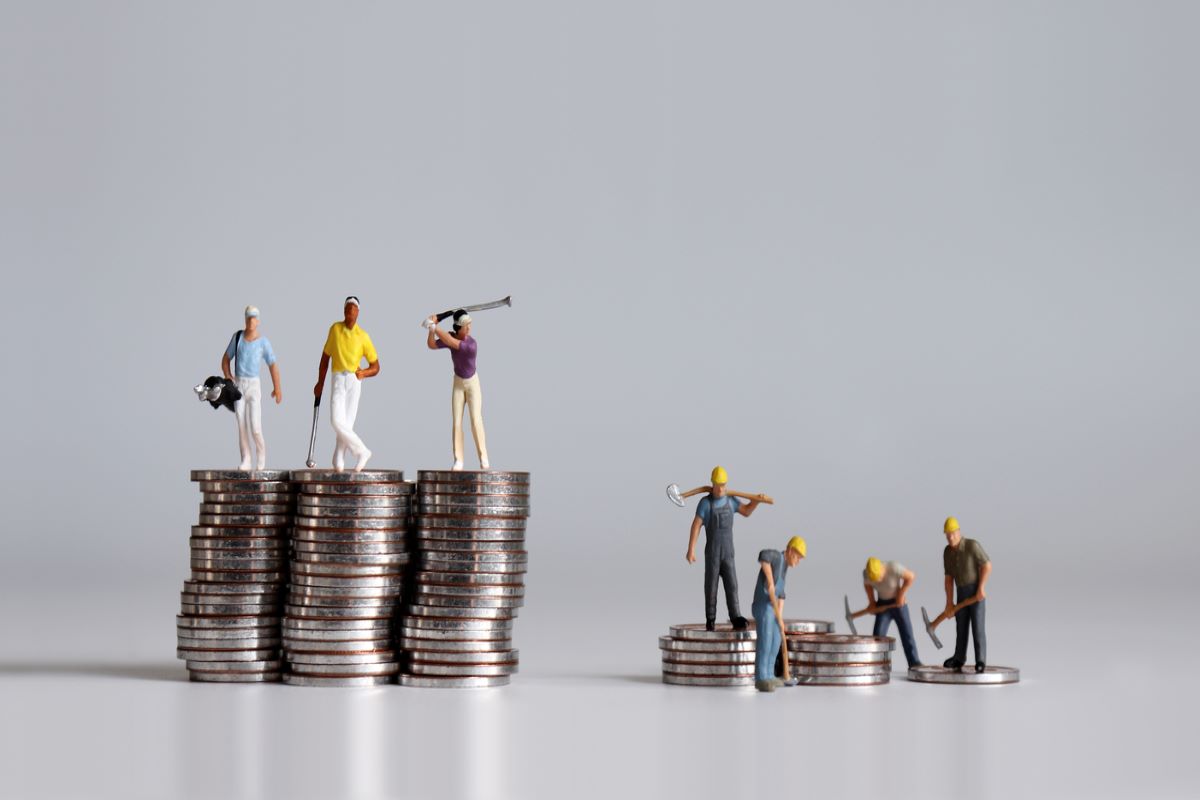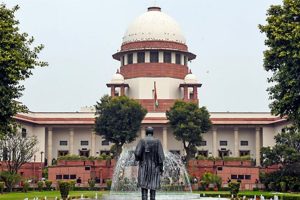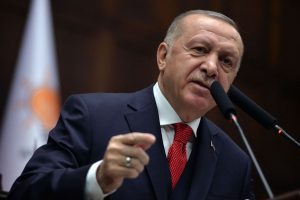Intellectuals, economists, and philanthropists the world over, are alarmed by the widening economic, gender, and racial inequalities brought about by the Covid-19 pandemic. A team of eminent economists led by Thomas Piketty and Lucas Chancel collaborated to pen the “World Inequality Report 2022,” that has a foreword by Nobel Laureates Abhijit Banerjee and Esther Duflo.
The World Inequality Report was followed shortly by the Oxfam International report, “Inequality Kills.” The aim of both reports is to create awareness about the deleterious effects of unequal distribution of income and wealth. The Covid-19 pandemic had diametrically opposite consequences for the rich and poor; the wealth of the 10 richest men in the world doubled in the last one and a half years, while the incomes of 99 per cent of people declined; much of the public money Governments spent in the aftermath of the pandemic to rejuvenate their economies, has ended up in the stock market, inflating stock prices dramatically and further boosting the wealth of the already rich. T
Advertisement
he disparity between the wealth of the rich and poor is such that the combined wealth of the world’s 10 richest men is more than the wealth of the poorest 3.1 billion people i.e. 40 per cent of the world’s population. The 10 richest men have so much wealth that if they spent a million dollars each a day, it would take them 414 years to spend their combined wealth, and if they sat on top of their combined wealth, piled up in US dollar bills, they would reach almost halfway to the moon.
According to both reports, economic inequality is not an accident; inequality results from Government policies and political choices that favour rich and powerful people. Western Governments that had adopted equality enhancing policies from 1950s to 1970, did an about turn after a temporary economic slowdown in the 1970s. Thatcher-Reagan economics aimed at implanting an entrepreneurial culture which encouraged accumulation of private wealth; soon the rest of the world, including India and China, followed suit. Encouraging laissez-faire for the last thirty years, India is one of the most unequal countries in the World, and China is headed in the same direction.
Next month, we are inaugurating the Statue of Equality, built at a cost of Rs.1400 crore. Probably, the money would have been better spent on improving hospital and school infrastructure that would have increased equality between the haves and have-nots. In the Western World, public funds, generously doled out for development and production of vaccines, have gone to swell the profits of pharmaceutical firms, by tens of billions of dollars.
With a view to safeguard the monopoly of their pharmaceutical companies, despite a waiver clause in the event of exceptional circumstances, governments of rich countries are not agreeing to a waiver of the WTO Agreement on Trade-Related Aspects of Intellectual Property Rights (TRIPS), which would enable less advanced countries to produce badly needed Covid-19 vaccines, even though the pandemic can be controlled only if everyone on earth is vaccinated.
Similarly, rich countries are loathe to share cutting-edge technologies and knowledge that is critical for climate mitigation, despite the fact that climate change in one country would affect all other countries. To their credit, the Indian Government and our two vaccine makers have proved more humane, providing free and subsidised vaccines to needy countries. Succour for poorer countries has come from two private individuals, Peter Hotez and Maria Elena Bottazzi, who developed a Covid-19 vaccine Corbevax, which they kept patent-free.
Unlike pharma majors, Hotez and Bottazzi have shared the technology for making Corbevax freely, with companies in India, Bangladesh, Indonesia and Botswana. Significantly, Hotez and Bottazzi received no funding from the US Government under Warp Speed or from Gavi, the Vaccine Alliance or any other national or international organisation. Rather, Hotez and Bottazzi were funded by local Texan philanthropists like “Tito’s Handmade Vodka” that contributed a million dollars. Also, Corbevax costs only about $1.50 (Rs.115) per dose against Pfizer or Moderna vaccine that cost between $16 (Rs.1,150) and $20 (Rs.1,450).
Corbevax does not require deep refrigeration like its more expensive cousins. The Government of India has granted Corbevax Emergency Use Authorisation and an Indian vaccine maker is committed to manufacture a billion Corbevax vaccine doses by the end of 2022, for the global fight against Covid-19. Coming to the Indian growth story, after the Liberalisation, Privatisation and Globalisation (LPG) push of 1991, GDP started rising, often growing at more than 7 per cent annually, accompanied by a concomitant rise in inequality. The share of the top 10 per cent in the country’s income, that was around 50 per cent at the time of Independence and around 35 per cent in 1990, rose to 57 per cent in 2021.
According to Chancel and Piketty et al: “…deregulation and liberalization policies have led to one of the most extreme increases in income and wealth inequality observed in the world. While the top 1 per cent has largely benefited from economic reforms, growth among low and middle-income groups has been relatively slow and poverty persists.
Over the past three years, the quality of inequality data released by the government has seriously deteriorated, making it particularly difficult to assess recent inequality changes.” The conclusions reached by the Oxfam Report and the World Inequality Report merit serious consideration. So far, there has been no official response to these reports, and most commentators in India have pointed out that there has been all-round development, some fruits of which have gone to the deprived sections also.
Actually, the objection is more to the solution suggested by both Reports, which is the levy of a progressive Wealth Tax on multi-millionaires, both to garner revenue for social sector spending and also to promote equality. Quoting a specific instance, the Oxfam Report pointed out that Elon Musk, the world’s richest man, received billions of dollars in government subsidies while violating labour laws and undermining the efforts of factory workers to organize.
The Report further pointed out that Mr. Musk paid no federal income taxes in 2018 and paid tax at a “true rate” of 3.27 per cent between 2014 and 2018. Asked about the proposed billionaire tax in 2021, Mr Musk flippantly replied that his plan was “to use the money to get humanity to Mars and preserve the light of consciousness.” There may be similar undocumented instances in our country also. Levy of a progressive Wealth Tax has been suggested often in India, including by this writer, but there has been no progress in this direction.
Actually, Government data about inequality is hard to find in India with compilation of many kinds of statistics, including data about employment and spending, being discontinued by the NSO. The urge to supress inconvenient statistics is so strong that the Government claimed in Parliament, that there had been no deaths due to oxygen shortage during the second wave of Covid-19 infections in April-May 2021. It transpired that all States had sent a ‘nil’ report that had been faithfully consolidated by the Centre.
Surprisingly, instead of taking States to task for sending palpably false reports and asking them to send correct statistics, the Centre, conveniently, went along with them. Similarly, the Government claimed that it had no statistics about the number of doctors who had died during the pandemic, though the Indian Medical Association had just published a list of the names of the doctors who had died.
While the Government of India routinely denies any suggestion that deaths due to Covid-19 are higher than the official figures, it emerged during a Supreme Court hearing that for certain States, the number of claims received and paid out for Covid-19 deaths, was much more than the State’s official Covid-19 death toll. For example, Gujarat officially recorded 10,094 Covid-19 deaths, while 89,633 death claims were received out of which 58,840 had been paid. On the same lines, stretching the limits of credibility, the Government had denied any starvation death or the death of any migrant during the 2020 migrant exodus.
Perhaps, only an awakening of the conscience of the uberrich can ameliorate the lot of the deprived, as Mahatma Gandhi had said: “I do not grudge the millionaire his mansion, but it is my earnest request to them, to do something to bridge the gulf that separates them from the peasants. Let them construct a bridge that would bring them closer to the poor…Let their lives bear some proportion to the lives of the poor around them.”
(The writer is a retired Principal Chief Commissioner of Income-Tax)
















